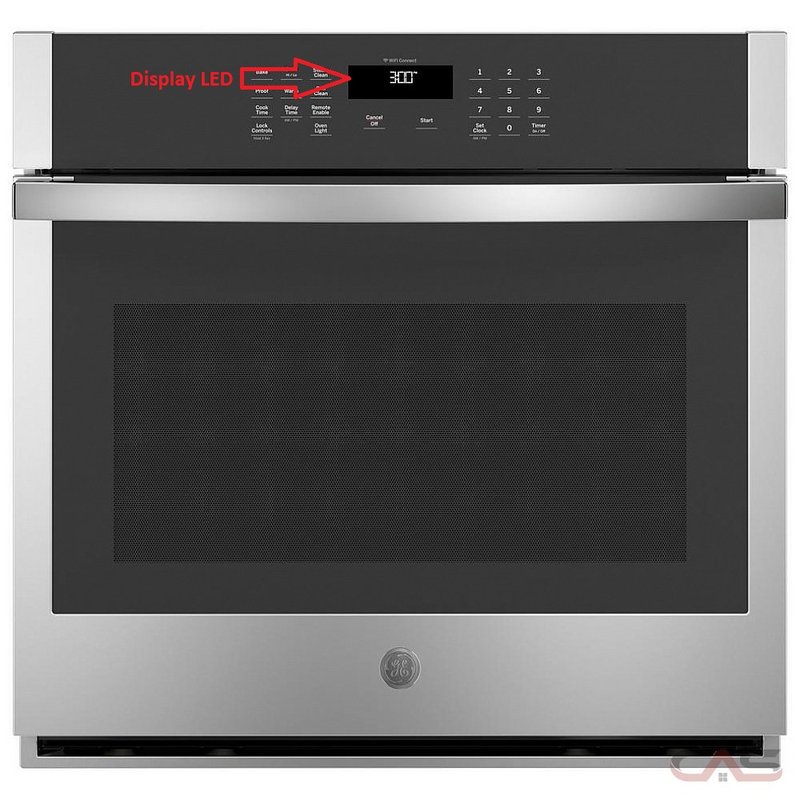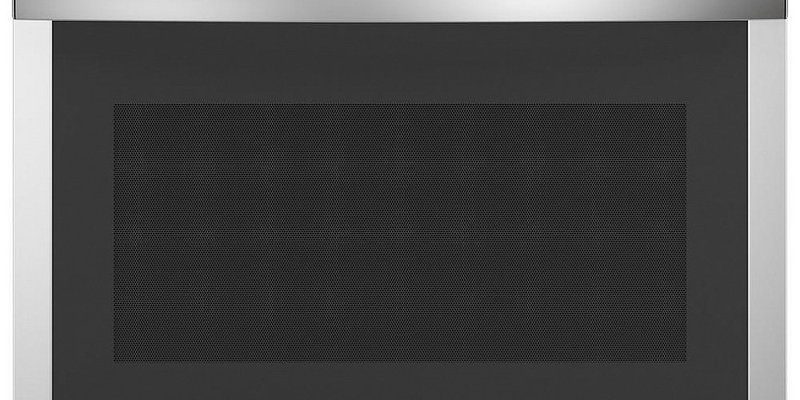
The first thing to know is that error codes in appliances like ovens and ranges are akin to the check engine light in your car. They alert you to issues that might need your attention or, sometimes, professional repair. The “Error Code HE” on a GE oven is specifically related to heating problems. This means the oven is having difficulties reaching or maintaining the right temperature, which is crucial for cooking. But what could be causing this issue? Let’s explore.
Understanding Error Code HE
When you see the “Error Code HE” on your GE oven, it stands for “Heating Error.” You might notice this code when your oven fails to heat up properly or takes longer than usual to reach the desired temperature. Now, imagine your oven as a team of components working together to whip up your meals. If even one team member is slacking off, the whole operation can suffer. In this scenario, there are a few usual suspects you should consider.
First off, the heating element could be failing. Just like a broken lightbulb, a malfunctioning heating element can’t produce heat. If you’ve ever noticed your oven not warming up as it should, it might be because the heating element has burnt out. Another possibility is an issue with the thermostat, which acts like the oven’s brain, reading the temperature inside. If it’s misreading conditions, it can either overheat or underheat your food.
Then there’s the possibility of a kink in the oven’s wiring connections. You know how a loose cable can make your headphones cut in and out? Similarly, faulty wiring in an oven can disrupt the power flow, causing the heating mechanism to falter. If you’re scratching your head about how to address this, don’t sweat it. There are steps you can take to narrow down the issue before calling in the cavalry.
Checking the Heating Element
So, where do you start? The heating element is a good place. This crucial part functions like the sun in our solar system—it’s the primary source of heat. When it stops working, temperatures can drop faster than an ice cube in a warm drink. If your oven isn’t getting hot, peering inside to inspect the heating element could provide a clue. Look for visible signs of damage like breaks or blisters on the metal surface.
If you’re feeling adventurous, and safety-conscious, you can carefully test the heating element using a multimeter. This device measures electrical current and can confirm whether the element is still functional. Think of this as a health check-up for your oven. If the heating element shows no continuity (meaning it’s electrically open), it’s time to consider a replacement. Don’t worry, replacing a heating element is a common repair and can be done by following trusty guides or videos online.
However, if the heating element seems fine, it’s time to investigate further. The thermostat, the silent overseer of your oven’s climate control, can also be the culprit. Let’s dig into that possibility next.
Is the Thermostat to Blame?
Imagine cooking without knowing how hot the oven is—sounds like a recipe for disaster, right? That’s the role of the thermostat, making sure your oven’s temperature matches what you set. It’s like a loyal butler keeping things in perfect order. When this device isn’t working correctly, it can misreport temperatures, leading to undercooked or overcooked meals and, yes, the dreaded “Error Code HE.”
Start by giving your thermostat a once-over. Does it seem to be responding accurately, or is the oven not getting hot enough despite what the display says? A malfunctioning thermostat can sometimes be recalibrated, but if it’s outright broken, replacement might be the best course. Consulting your oven’s manual can offer guidance on calibration, or it might be time to consult a professional if you’re uncertain about tackling this yourself.
Sometimes, though, the thermostat can be sending signals just fine, but if the wiring connecting it is faulty, those signals are scrambled. It’s like a game of telephone gone wrong. In such cases, checking the wiring and connections between components can save you from unnecessary replacements.
Dealing with Wiring Issues
Loose or damaged wiring is a common cause of irregularities in many appliances, not just ovens. Picture the wiring as the veins carrying vital signals throughout the oven’s system. If there’s a break or a loose connection, it can wreak havoc on the oven’s ability to function correctly. This is particularly true if everything else seems fine, but the error code persists.
Checking these connections requires some caution. Ensure the oven is unplugged before you begin—safety first, of course. Examine the wiring for any visible damage or loose connections. It’s like fixing a garden hose; if there’s a kink or a leak, the water won’t flow properly. Re-securing any loose wires or replacing damaged ones might just solve the problem.
If you’re not comfortable handling electrical parts, it’s okay to call a professional. There’s no shame in seeking help, especially when it comes to ensuring your kitchen appliances are safe and functional.
Preventative Measures
After tackling the issue, you might wonder how to prevent future errors. Regular maintenance is key. Just like changing the oil in your car, giving your oven a little TLC can go a long way. Every few months, inspect the components for wear and tear. Clean your oven and ensure nothing’s obstructing the heating elements. It’s amazing how much a little upkeep can extend the life of your appliance.
Also, when using your oven, try not to overload it. Imagine trying to fit too many clothes into a dryer—they just won’t dry properly. The same goes for your oven; it needs room to circulate heat. This can prevent overworking the elements and ultimately the dreaded error codes.
In conclusion, while the “Error Code HE” on your GE oven can seem daunting at first, understanding its common causes can quickly put you on the path to resolution. Whether it’s the heating element, thermostat, or wiring, addressing the root of the problem can help get your oven back up and running. And remember, when in doubt, it’s perfectly okay to reach out for professional help. With a little attention and care, your oven can continue to serve up delicious meals for years to come.
